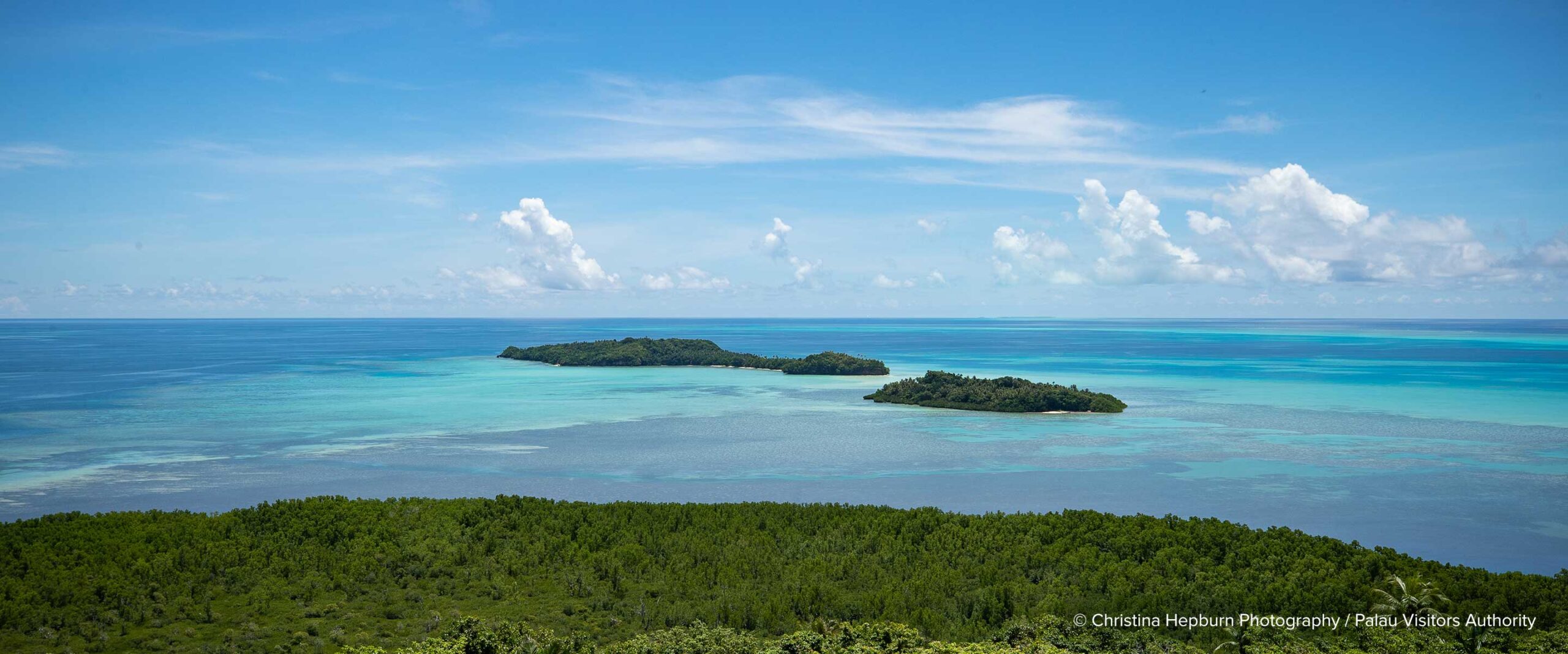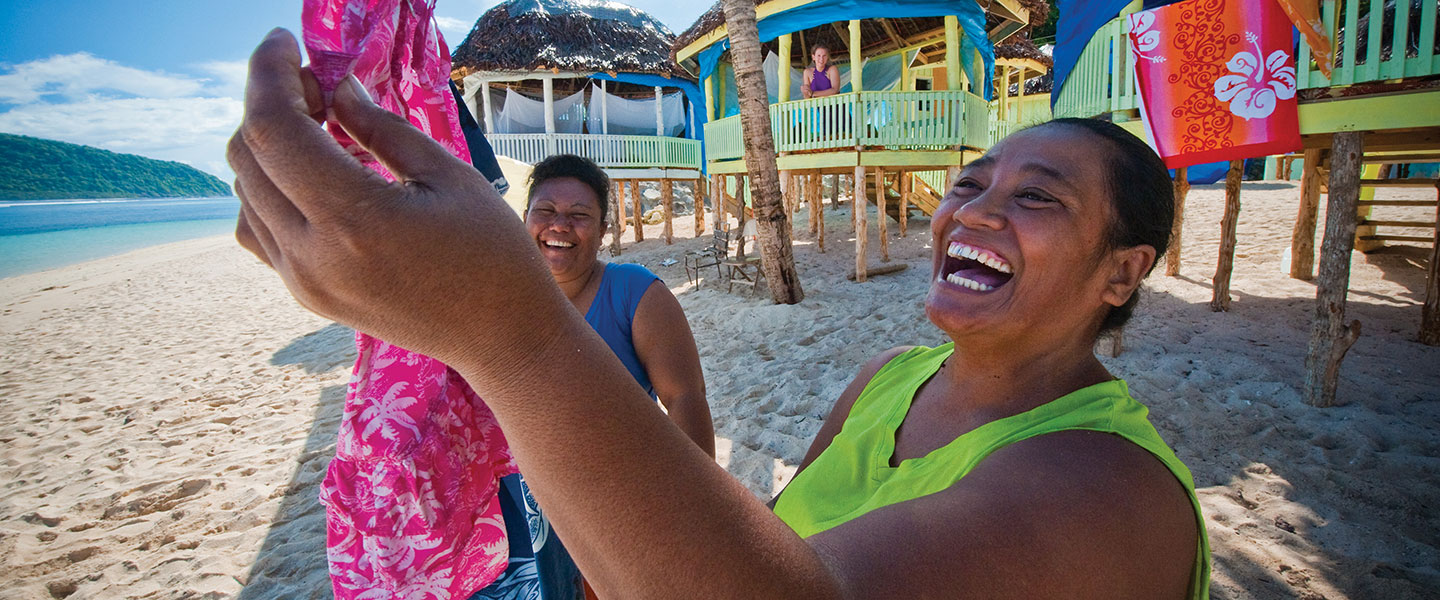
The Pacific Island nation of Palau is a tiny, yet remarkable country characterized by surreal landscapes, pristine seas, and a long cultural history. The archipelago is made up of more than 340 lush green islands jutting out from the glimmering ocean, only nine of which are inhabited. Remote and Secluded...

The islands of the Pacific are a popular destination for many travelers looking to trade in city life for secluded beaches, cultural authenticity and stunning natural environments. While the small size and remoteness of these destinations makes for ideal getaways, these characteristics also bring along many challenges. Visitors often put...

Encouraging sustainable business practices in Samoa’s tourism industry and enhancing support of local initiatives. Located in the Pacific, Samoa is comprised of ten islands, the largest and most known being ‘Upolu and Savai’i. Each island features distinct landscapes from tropical rainforests and volcanic landscapes to crystal clear lagoons and sandy...